The processes our brains use to avoid harming other people are automatic and reflexive – and quite different from those used when avoiding harm to ourselves, according to new research.
Category: Research Results
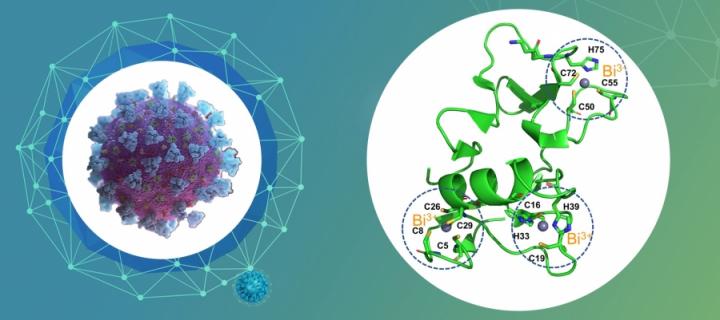
Novel antiviral strategy for treatment of COVID-19
A research team led by Professor Hongzhe SUN, Norman & Cecilia Yip Professor in Bioinorganic Chemistry, Department of Chemistry, Faculty of Science, and Professor Kwok Yung YUEN, Henry Fok Professor in Infectious Diseases, Department of Microbiology, Li Ka Shing Faculty of Medicine of the University of Hong Kong (HKU), has discovered a novel antiviral strategy for treatment of COVID-19.
Review of proposed FDA regulation reveals the extent of financial ties to industry
The findings come from a cross-sectional study, published in BMJ Open, of the comments submitted to the US Food and Drug Administration (FDA) ‘Proposed Regulatory Framework for Modifications to Artificial Intelligence/Machine Learning (AI/ML)-Based Software as a Medical Device (SaMD)–Discussion Paper and Request for Feedback’.
Fuels, not fire weather, control carbon emissions in boreal forest, new study finds
Northern Arizona University researcher Xanthe Walker is the lead author on research published this week that found that the amount of carbon stored in soils was the biggest predictor of how much carbon would combust and that soil moisture also was significant in predicting carbon release.

Healthy skepticism: People may be wary of health articles on crowdsourced sites
People may be skeptical about medical and health articles they encounter on crowdsourced websites, such as Wikipedia and Wikihealth, according to researchers. While that may be good news for health officials who are worried that these sites allow non-experts to easily add and edit health information, the researchers added that having medical professionals curate content on those sites may not reduce the skepticism.
Ultrasound Technique Offers More Precise, Quantified Assessments of Lung Health
Researchers have developed a technique that uses ultrasound to provide non-invasive assessments of pulmonary fibrosis and pulmonary edema. The technique has been shown to both quantify lung scarring and detect lung fluid in rats. A study on pulmonary edema in humans is under way.
Nudges Combined with Machine Learning Triples Advanced Care Conversations Among Patients with Cancer
An electronic nudge to clinicians—triggered by an algorithm that used machine learning methods to flag patients with cancer who would most benefit from a conversation around end-of-life goals—tripled the rate of those discussions.
Report finds COVID-19 Rate Among Dentists is Less than One Percent
Although assumed to be at high risk for COVID-19, fewer than one percent of dentists nationwide were found to be COVID-19 positive, according to a first-of-its-kind report in the U.S. based on data collected in June 2020.
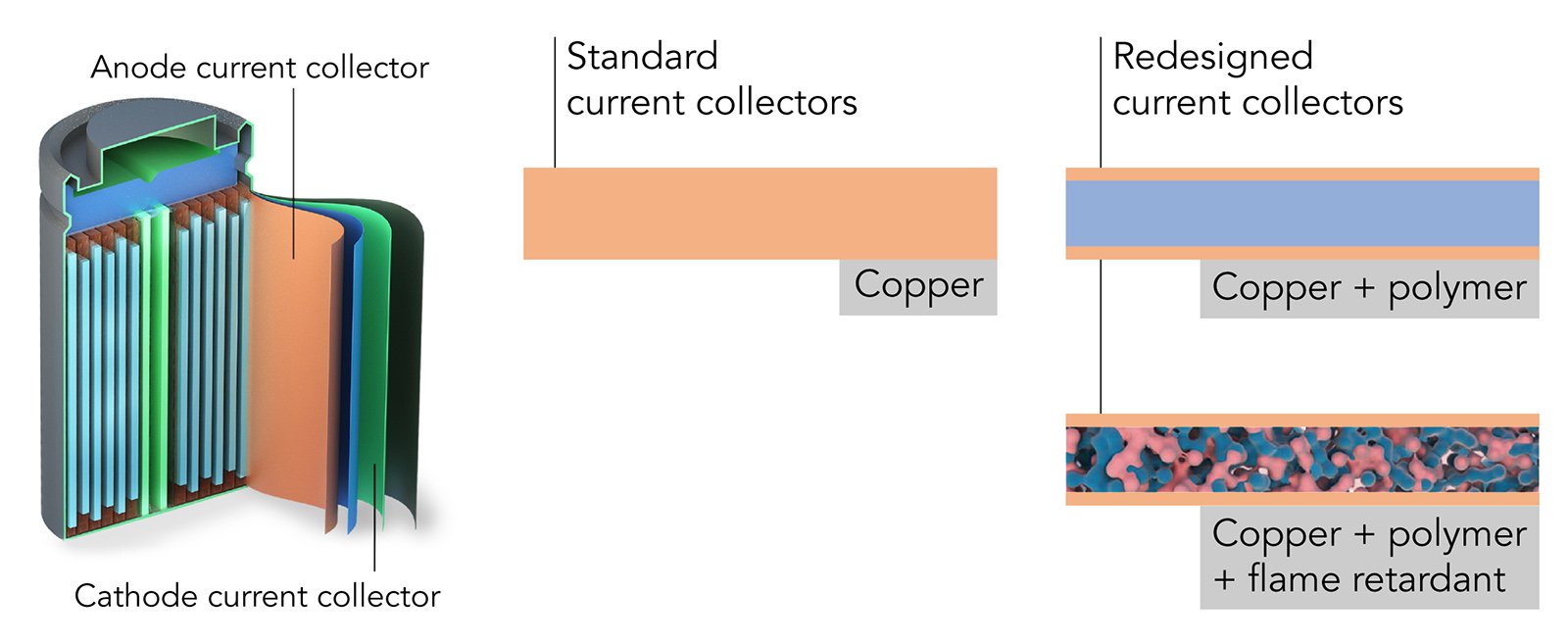
A new approach boosts lithium-ion battery efficiency and puts out fires, too
This new technology addresses two major goals of battery research: extending the driving range of electric vehicles and reducing the danger that laptops, cell phones and other devices will burst into flames.
‘Heat-not-burn’ Alternative to E-cigarettes May Harm Heart
A new review suggests “heat-not-burn” tobacco devices may threaten cardiovascular health. The review is published ahead of print in the American Journal of Physiology-Heart and Circulatory Physiology.

Immunotherapy Combo Halts Rare, Stage 4 Sarcoma in Teen
The patient, whose tumor responded within two weeks after receiving the combination, resumed normal activity and was in a complete remission at the time of the report.

UT Southwestern Leads National Efforts Around Childhood Blood Disorders
DALLAS – Oct.15, 2020 – When a child has a rare blood disorder, clinicians can struggle to find the best diagnostic and treatment methods. New research led by UT Southwestern shows the effectiveness of a treatment for aplastic anemia and reveals the range of diagnosis and treatment options used by hospitals around the country for a related disease – myelodysplastic syndrome (MDS).
Huge Study Links Risky Drinking with Low Social Support and Area of Residence
People who report having low social support are substantially more likely to experience heavy drinking and binge drinking than those who feel more supported, a large European study suggests. The researchers also found strong evidence that risky drinking is associated with areas of residence. Although alcohol use is known to be linked to social, economic, and demographic factors, the research is incomplete; it is not clear to what extent some of these factors, especially environmental conditions, predict dangerous drinking. Investigators in Spain designed a study that was unusual in exploring both heavy drinking and binge drinking and both individual and contextual (environmental) factors. The study, in Alcoholism: Clinical & Experimental Research, confirmed individual risk factors and highlighted certain environmental conditions that may help target interventions for those at risk.

Personalized cancer outreach more effective
An Iowa State researcher helped develop a tool to personalize cancer outreach efforts. The research shows a more personalized approach improves the completion rate of recommended screenings for patients at high risk for liver cancer.
Moffitt Researchers Discover Specific Molecules that Promote Cancer Progression
In a new article published in the journal Nature Communications, Moffitt Cancer Center researchers describe how the protein TAp63 controls levels of RNA molecules, which subsequently connects the activities of p53 and AKT to promote disease progression.

The rise of ‘Zoom Towns’ in the rural west
COVID-19 has expedited a trend of migration into western gateway communities—remote workers are fleeing cities to ride out the pandemic. A new study using data from 2018 found that growing populations caused urgent planning pressures, and officials felt unprepared to respond to and prepare for problems associated with rapid growth.

Researchers seek to end unexpected bills for screening colonoscopies
Nearly 1 in 8 commercially insured patients nationwide who underwent an elective colonoscopy between 2012 and 2017 performed by an in-network provider received “surprise” bills for out-of-network expenses, often totaling hundreds of dollars or more.

Impact of Mercury on North American Songbirds
Fifteen papers have recently been published in a special issue of the journal Ecotoxicology. Findings: at least 58 songbird species show demonstrated effects from mercury. The journal’s October 2020 issue presents results of field, laboratory, and museum studies—from Alaska to Maine to Puerto Rico.
Consistent Nursing Care After Childbirth Boosts Breastfeeding Rates
New parents who receive attentive, supportive nursing care during labor and immediately after childbirth are more likely to exclusively breastfeed their newborn when leaving the hospital, finds a study published in MCN: The American Journal of Maternal/Child Nursing.

IU Kelley School of Business research finds that blue-light glasses improve sleep and workday productivity.
During the pandemic, the amount of screen time for many people working and learning from home as well as binge-watching TV has sharply increased. New research finds that wearing blue-light glasses just before sleeping can lead to a better night’s sleep and contribute to a better day’s work to follow.
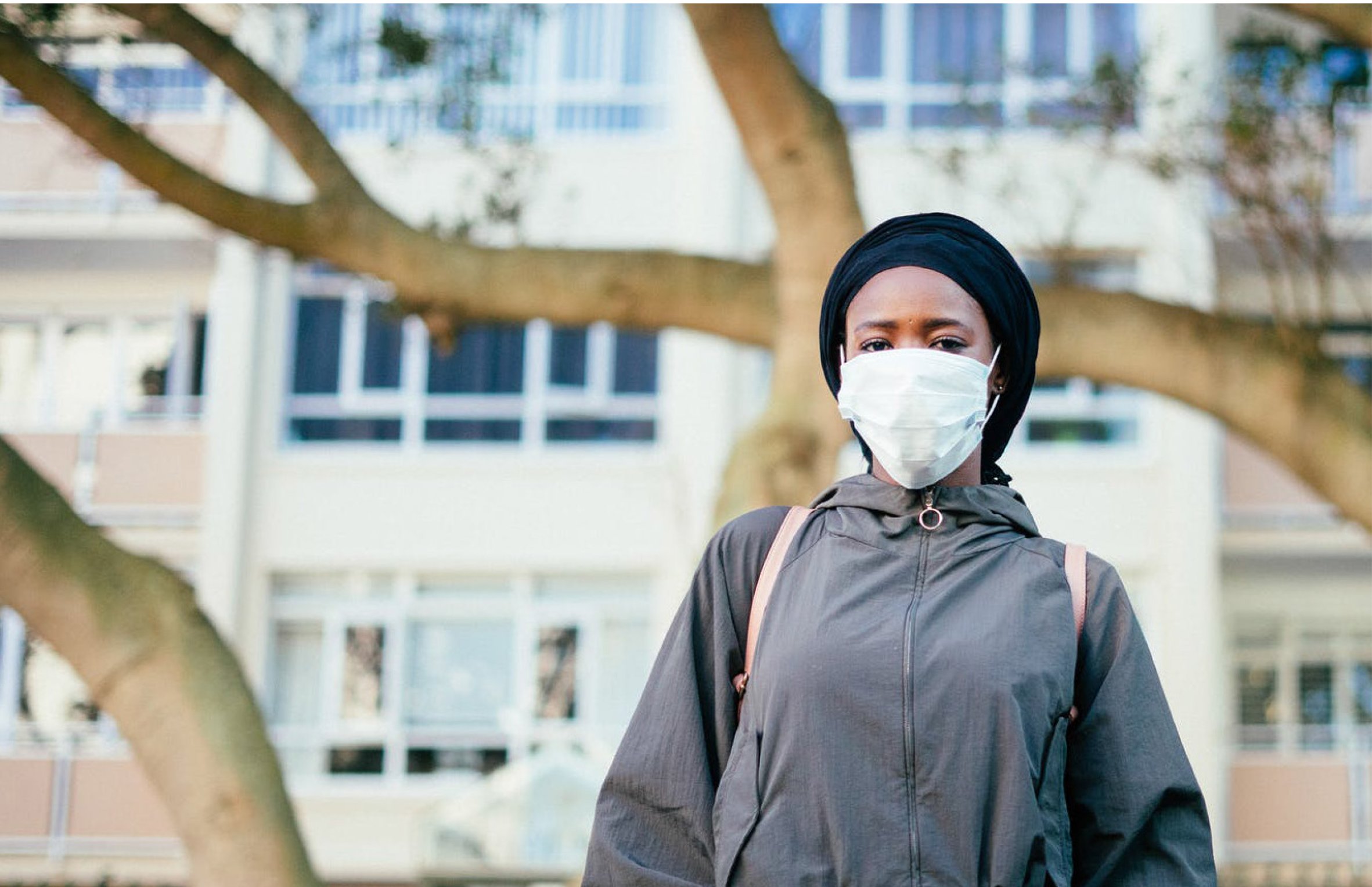
Forty per cent of renters can’t afford essentials under COVID-19
Almost 40% of Australian tenant households can’t afford essentials such as bills, clothing, transport and food, after paying rent, because their incomes have reduced significantly during the COVID-19 pandemic, new research from the Australian Housing and Urban Research Institute has found.
Meta-Analysis of Bivalirudin vs. Heparin in Patients with MI Examines Mortality and Bleeding Rates
An individual patient data pooled analysis comparing the use of bivalirudin versus heparin in heart attack patients undergoing percutaneous coronary intervention (PCI) found that bivalirudin use was associated with similar overall rates of 30-day mortality across all heart attack patients, but lower rates of serious bleeding events. Moreover, mortality was reduced in patients with ST-segment elevation myocardial infarction (STEMI) who were treated with a post-PCI bivalirudin infusion.
Combined FFR and OCT Imaging Can Improve Accuracy of High-Risk Lesion Identification in Patients with Diabetes
Data from COMBINE (OCT-FFR) found that the use of FFR combined with OCT imaging can help improve the accuracy of high-risk lesion identification in patients with diabetes. Findings were reported today at TCT Connect, the 32nd annual scientific symposium of the Cardiovascular Research Foundation (CRF). TCT is the world’s premier educational meeting specializing in interventional cardiovascular medicine.
Pilot Randomized Trial Demonstrates that PCI of Non-Flow-Limiting Vulnerable Plaques May be Safe with Favorable Long-Term Clinical Outcomes
New data from PROSPECT ABSORB, a pilot randomized trial of percutaneous coronary intervention (PCI) of non-flow-limiting vulnerable plaques in native coronary arteries, found that PCI was safe, substantially enlarged follow-up lumen areas, and was associated with favorable long-term clinical outcomes.
NIRS-IVUS Imaging Can Help Identify High-Risk Plaques That Can Lead to Adverse Outcomes
ew data from the PROSPECT II study shows that NIRS-IVUS intracoronary imaging can help identify angiographically non-obstructive lesions with high-risk characteristics for future adverse cardiac outcomes. Findings were reported today at TCT Connect, the 32nd annual scientific symposium of the Cardiovascular Research Foundation (CRF). TCT is the world’s premier educational meeting specializing in interventional cardiovascular medicine.
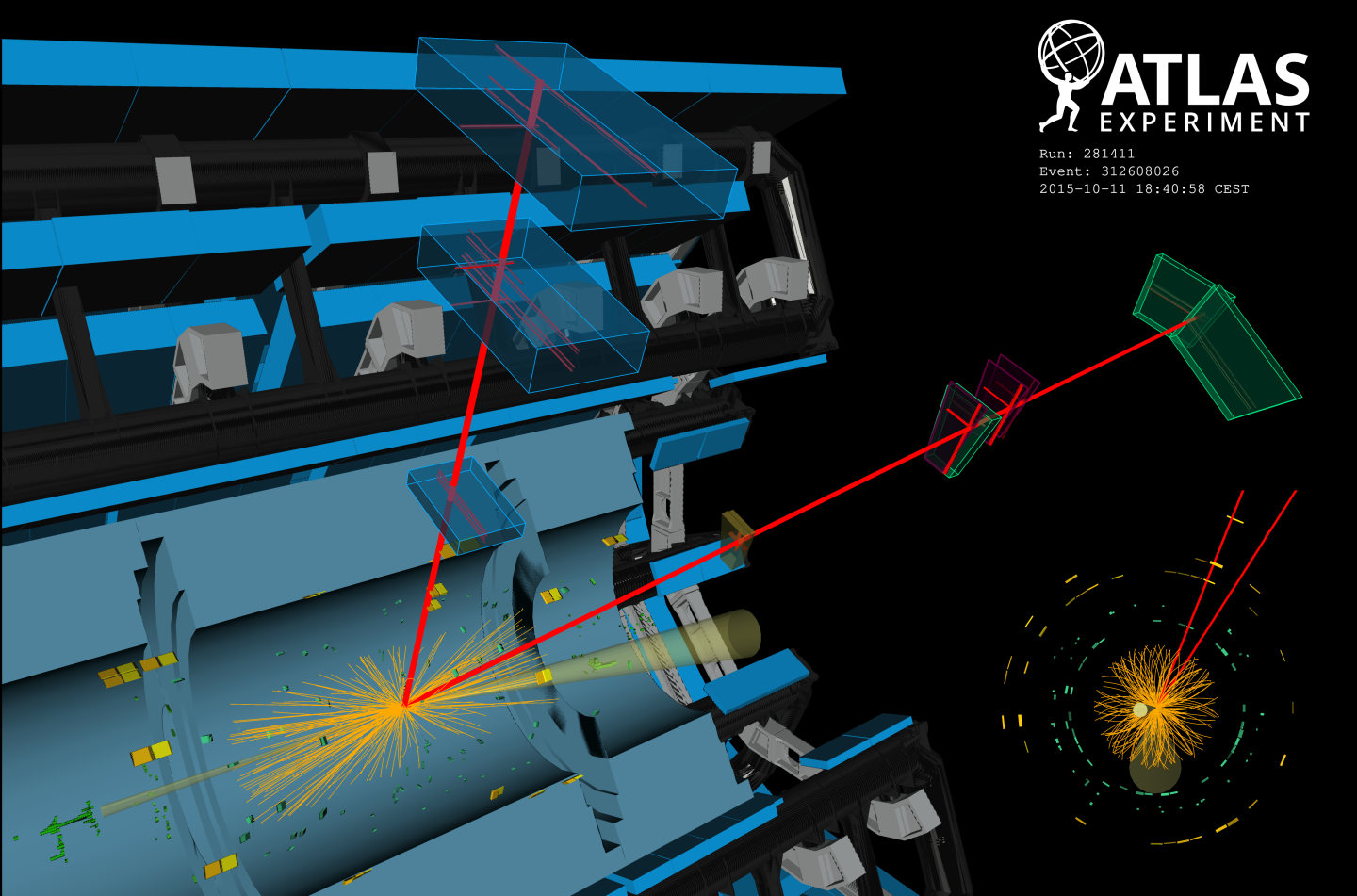
Berkeley Lab Scientists Contribute to New Exploration of Higgs Boson Interactions
A new analysis, featuring important contributions by Berkeley Lab scientists, strongly supports the hypothesis that the Higgs boson interacts with muons, which are heavier siblings of electrons and the lightest particles yet to reveal evidence for these interactions.

Pandemic lockdowns caused steep and lasting carbon dioxide decline
An international team of climate experts, including Earth system scientists at the University of California, Irvine, today released an assessment of carbon dioxide emissions by industry, transportation and other sectors from January through June, showing that this year’s pandemic lockdowns resulted in a 9 percent decline from 2019 levels.
Concerns about violence increase in California amid COVID-19 pandemic
A new study by the UC Davis Violence Prevention Program looked at the intersection of the coronavirus pandemic and violence-related harms in California. It found that COVID-19 pandemic was linked to an estimated 110,000 firearm purchases in California and increases in individuals’ worries about violence.
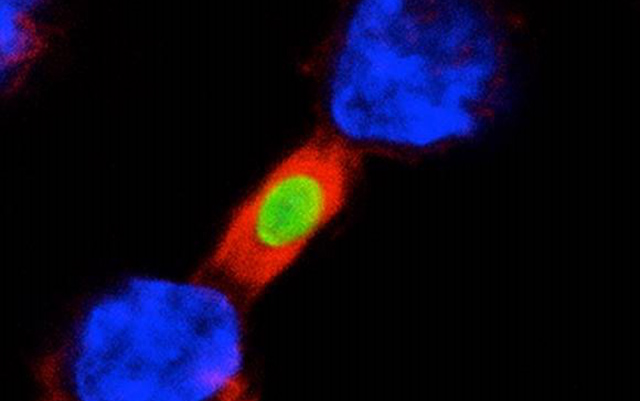
Protein that Keeps Immune System from Freaking Out Could Form Basis for New Therapeutics
Treatment with a peptide that mimics the naturally occurring protein GIV prevents immune overreaction and supports a mechanism critical for survival in mouse models of sepsis and colitis, according to a UC San Diego study.
Fossil footprints tell story of prehistoric parent’s journey
Hungry giant predators, treacherous mud and a tired, probably cranky toddler – more than 10,000 years ago, that was the stuff of every parent’s nightmare.
Evidence of that type of frightening trek was recently uncovered, and at nearly a mile it is the longest known trackway of early-human footprints ever found.
Could Loss of Interest Be Sign of Dementia Risk?
Older adults with severe apathy, or lack of interest in usual activities, may have a greater chance of developing dementia than people with few symptoms of apathy, according to a study published in the October 14, 2020, online issue of Neurology®, the medical journal of the American Academy of Neurology.
Nerves That Sense Touch May Play Role in Autism
Autism is considered a disorder of the brain. But a new study suggests that the peripheral nervous system, the nerves that control our sense of touch, pain and other sensations, may play a role as well. The exploratory study is published in the October 14, 2020, online issue of Neurology®, the medical journal of the American Academy of Neurology.
Major US hospital-based study shows waterbirths as safe as traditional births
A new U.S. study of waterbirths found that hospital-based births involving water immersion had no higher risk of neonatal intensive care unit (NICU) or special care nursery admission than comparable deliveries in the control group without water immersion.

COVID-19 lockdowns in China, Europe averted tens of thousands of premature deaths related to air pollution, study finds
Scientists at Notre Dame found that particulate matter concentrations in China dropped by an unprecedented 29.7 percent, and by 17.1 percent in parts of Europe, during lockdowns that took place between Feb. 1 and March 31 in China and Feb. 21 to May 17 in Europe.

Mapping out rest stops for migrating birds
Researchers have developed a new metric called the stopover-to-passage ratio that can help determine if a majority of birds are flying over a particular site or stopping at the site to refuel or rest. This can have important implications for what is done on the ground to help migratory birds.
Breakthrough blood test developed for brain tumors
Genetic mutations that promote the growth of the most common type of adult brain tumors can be accurately detected and monitored in blood samples using an enhanced form of liquid biopsy developed by researchers at Massachusetts General Hospital (MGH).
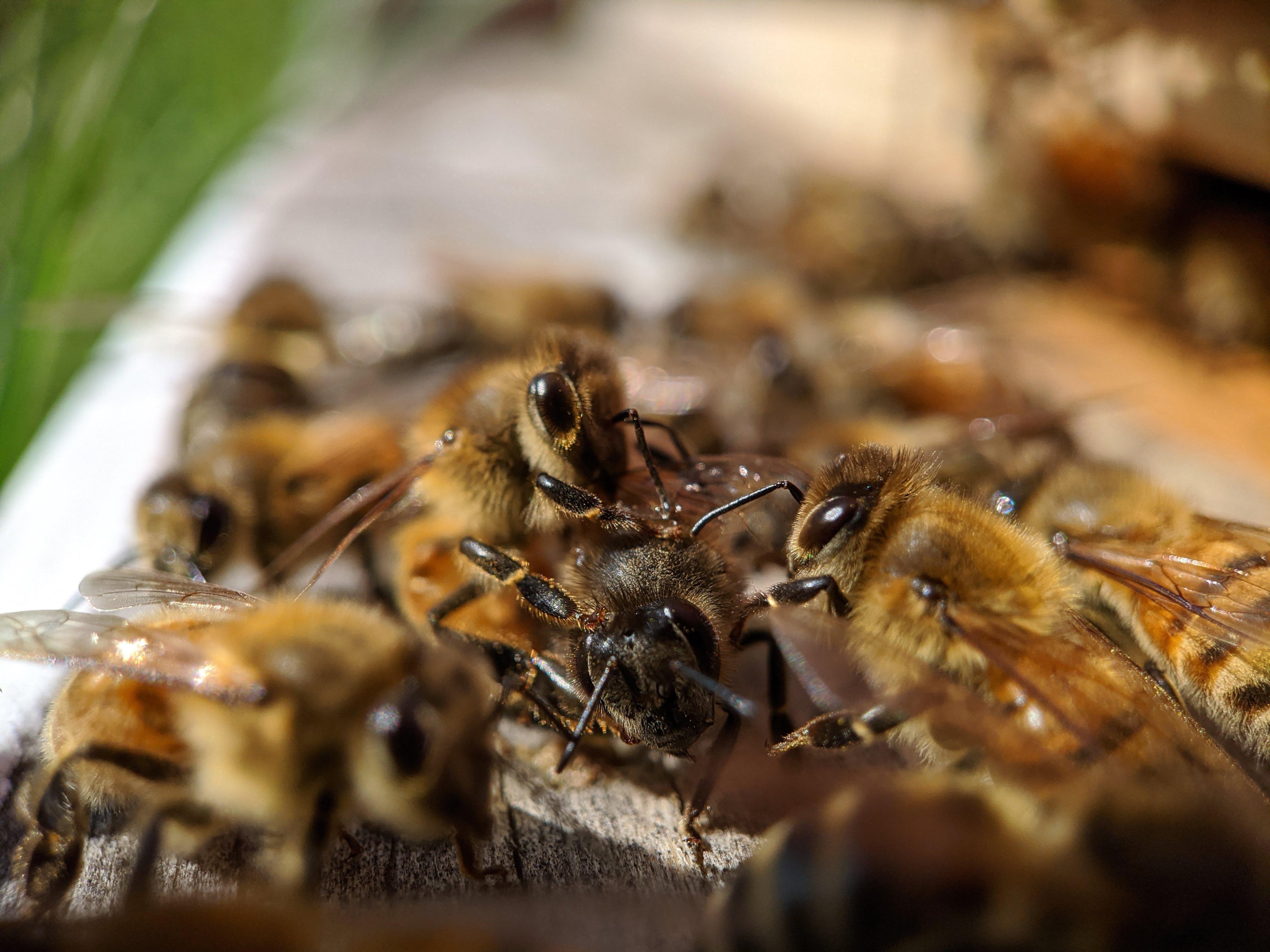
‘Honey bee, it’s me’
For a honey bee, few things are more important than recognizing your nestmates. Being able to tell a nestmate from an invader could mean the difference between a honey-stocked hive and a long, lean winter. New research from Washington University in St. Louis shows that honey bees rely on chemical cues related to their shared gut microbial communities, instead of genetic relatedness, to identify members of their colony.
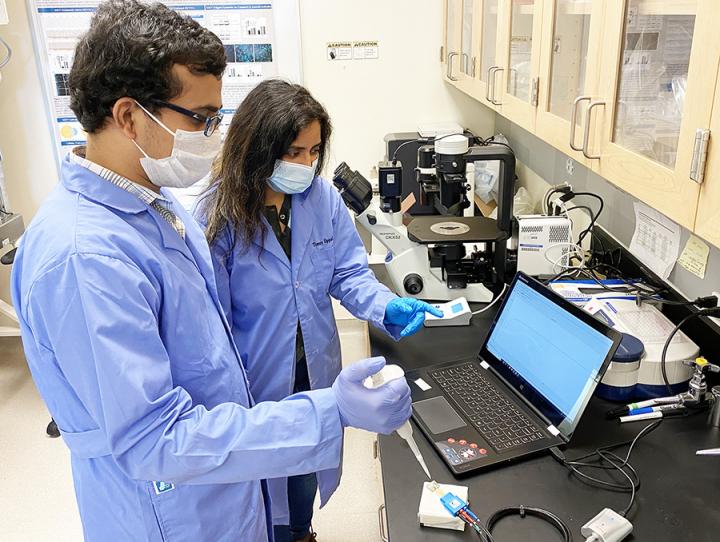
COVID-19 rapid test has successful lab results, research moves to next stages
Rapid detection of the SARS-CoV-2 virus, in about 30 seconds following the test, has had successful preliminary results in Mano Misra’s lab at the University of Nevada, Reno.
New study suggests crucial role for lymphocytes in asymptomatic COVID-19 infection
COVID-19 remains stubbornly inconsistent. More than a million people have died and 35 million have been diagnosed, but a large fraction of people infected with the coronavirus–about 45%, according to recent estimates–show no symptoms at all.
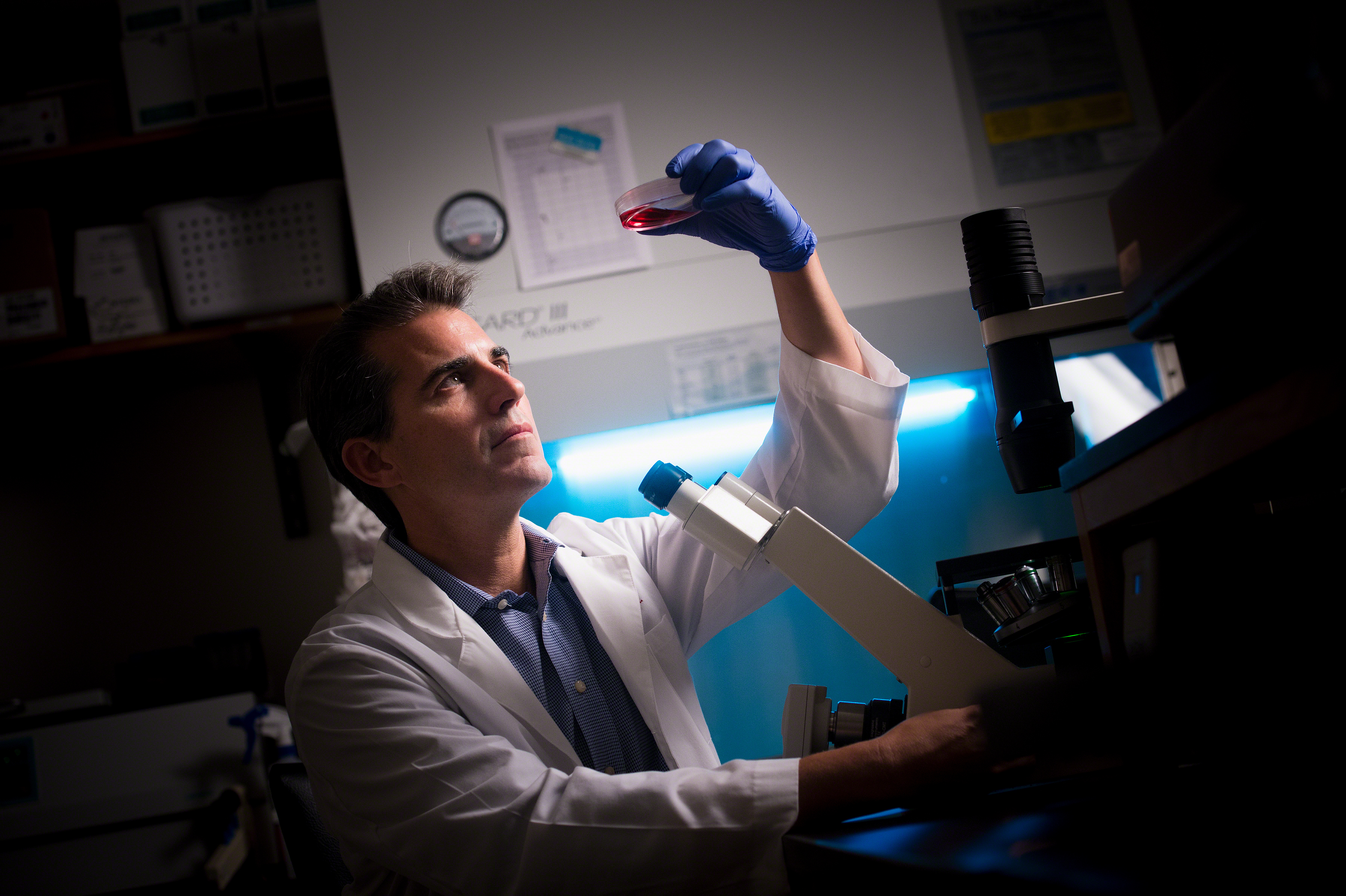
Researchers mine data and connect the dots about processes driving neuroblastoma
Researchers have used insight from a comprehensive genomic analysis of neuroblastoma to learn about the process driving one of the most common childhood solid tumors.
Low risk of COVID-19 infection found among people with congenital heart disease
Results of a retrospective analysis suggest that people born with a heart defect who developed COVID-19 symptoms had a low risk of moderate or severe COVID-19 infection, according to a new article published today in the Journal of the American Heart Association, an open access journal of the American Heart Association.
Thawing permafrost releases organic compounds into the air
When permafrost thaws due to global warming, not only the greenhouse gases known to all, but also organic compounds are released from the soil.
Aerosols vs droplets
Winter is on its way. And in this year of coronavirus, with it comes the potential for a second wave of COVID-19. Add in flu season and our tendency to head inside and close our windows to the cold, wet weather, and it appears the next several months are going to present us with new health challenges.
Pregnant Hispanic patients more likely to contract COVID-19 than other racial-ethnic groups
Pregnant Hispanic patients were nearly twice as likely to be diagnosed with COVID-19 than other racial/ethnic groups and most were asymptomatic, according to research by The University of Texas Health Science Center at Houston (UTHealth).
Maltreatment tied to higher inflammation in girls
New research by a University of Georgia scientist reveals that girls who are maltreated show higher levels of inflammation at an early age than boys who are maltreated or children who have not experienced abuse.
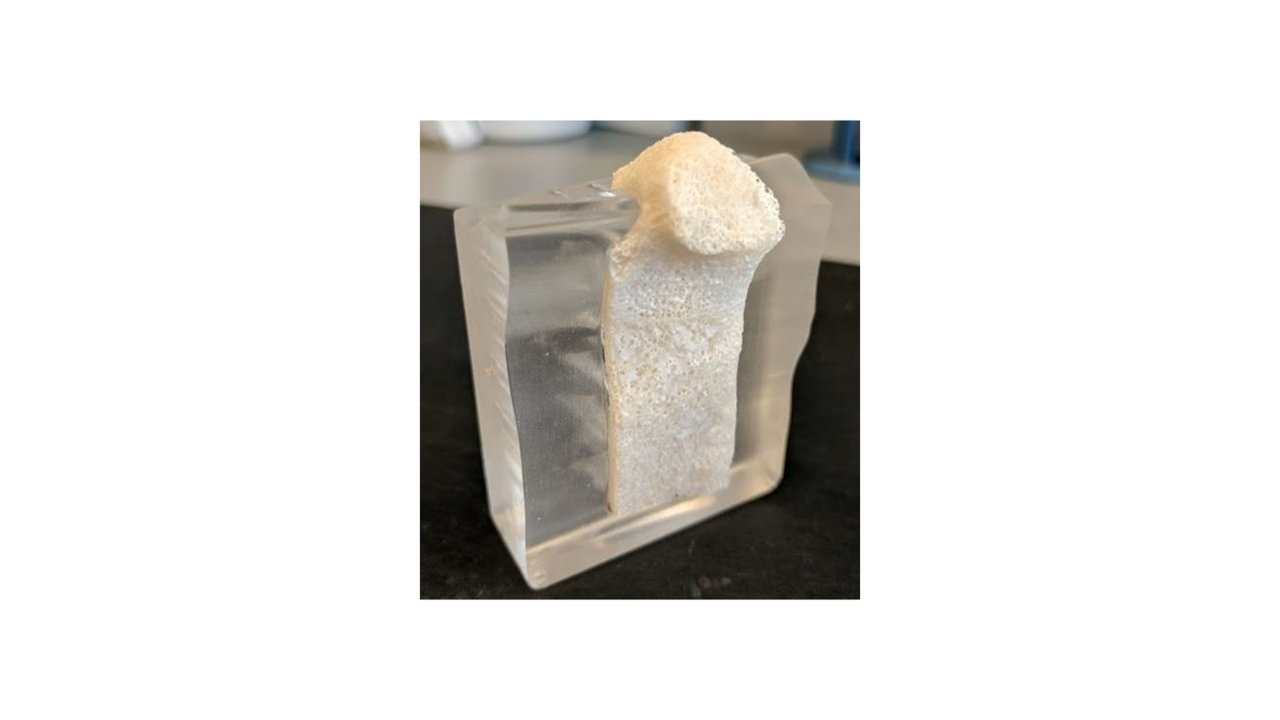
Researchers Use Lab-grown Tissue Grafts for Personalized Joint Replacement
A multidisciplinary team from Columbia Engineering, Columbia’s College of Dental Medicine and Department of Medicine, Louisiana State University, LaCell LLC, and Obatala Sciences has now bioengineered living cartilage-bone temporomandibular joint grafts, precisely matched to the recipient, both biologically and anatomically. Their new study, published today in Science Translational Medicine, builds upon a long series of their previous work on bioengineering functional cartilage and bone for regenerative medicine and tissue models of disease.
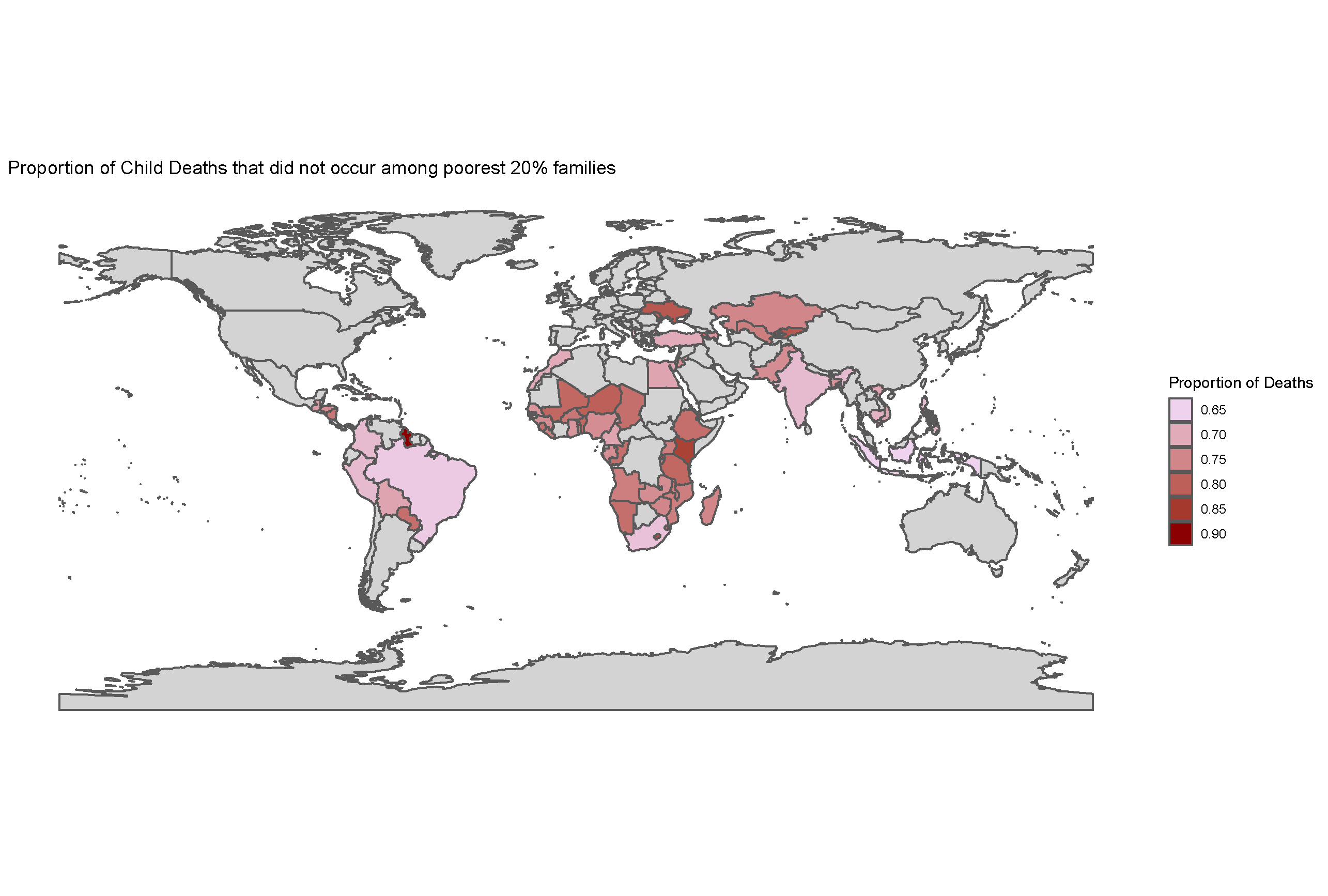
UCLA Fielding School of Public Health research yields improved methods to identify children at high risk of preventable death
Health care leaders have new, improved tools to identify children at the greatest risk of preventable deaths, based on surveys of more than 67 countries around the world by researchers at the UCLA Fielding School of Public Health.
Virus-mimicking drug helps immune system target cunning cancer cells
UCLA researchers have found that a drug that activates the body’s natural defenses by behaving like a virus may also make certain stealthy melanoma tumors visible to the immune system, allowing them to be better targeted by immunotherapy.
Workplace Wellness Programs Could Improve If More Personalized, Study Shows
In a program that used three different types of behavioral nudges, a study showed significantly different results for people with different personal and psychological characteristics
Better Outcomes after Epilepsy Surgery in Kids with Poor Seizure Control
Epilepsy surgery in children with refractory epilepsy, who have poor seizure control with medications, results in better outcomes, according to a study published in the journal Neurosurgery.